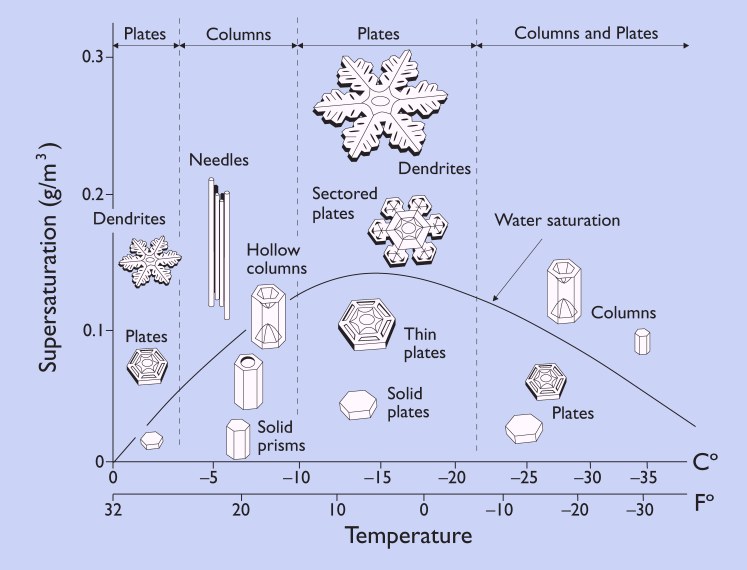 |
| Wind-sculpted sandstone. Wind Canyon, August 2012. |
The recognition of geology as a field of study, and the growing acceptance of scientific inquiry as a foundation of critical thinking, emboldened poet laureate Alfred Tennyson to write of the solid earth:
"The hills are shadows and they flow"Like clouds they shape themselves and go" was a radical metaphor for the solid earth, previously believed to embody the static properties of terra firma. Ten years before the publication of Tennyson's poem, Charles Darwin wrote:
From form to form and nothing stands,
They melt like mists, the solid lands,
Like clouds they shape themselves and go."
— In Memoriam A.H.H, 1849.
"Where on the face of the earth can we find a spot on which close investigation will not discover signs of that endless cycle of change, to which this earth has been, is, and will be subjected?"Darwin recognized the transient nature of the very bedrock we stand on:
— Charles Darwin, The Voyage of the Beagle, circa 1836.
"Daily it is forced home on the mind of the geologist that nothing, not even the wind that blows, is so unstable as the level of the crust of this earth."
— Charles Darwin, The Voyage of the Beagle, circa 1836.
By 1869, John Muir had used the metaphor of ancient religious texts when describing the manuscripts of evidence revealed by the solid earth processes of glaciation, erosion, deposition and transport (see My First Summer in the Sierra). By contemplating clues left behind over geologic time, we recognize how scale shapes the change we notice and acknowledge.
In surprising ways, the cycle of change is etched in stone. On a geologic time-scale, etchings in stone, like the horizontal striations etched by a receding glacier, are as ephemeral as shoreline footprints in the sand.
REFERENCES
In surprising ways, the cycle of change is etched in stone. On a geologic time-scale, etchings in stone, like the horizontal striations etched by a receding glacier, are as ephemeral as shoreline footprints in the sand.
- In Memoriam A.H.H, a poem by Alfred Lord Tennyson, completed in 1849.
- The Voyage of the Beagle by Charles Darwin. Published in 1839.
- My First Summer in the Sierra by John Muir published in 1911 about the summer of 1869.












